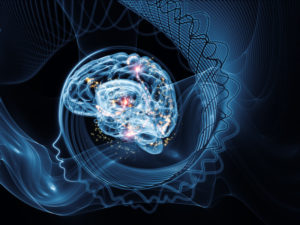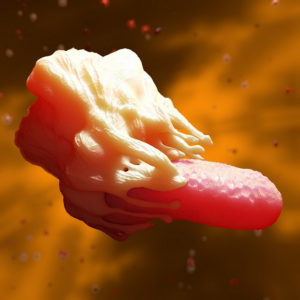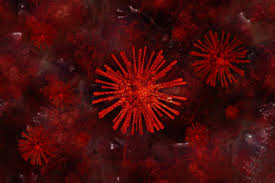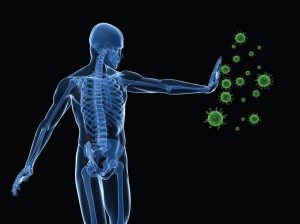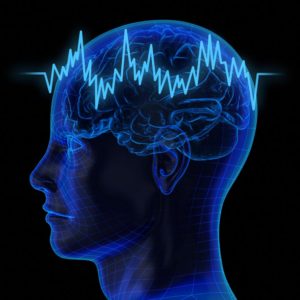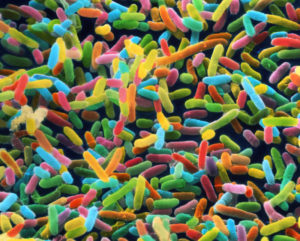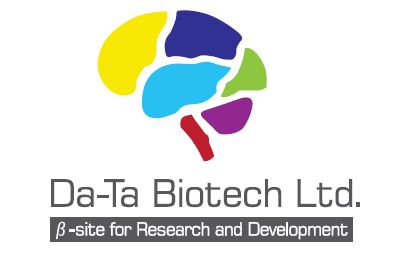Highlights
- •MECP2 is implicated in microglial functions including phagocytosis
- •Human microglia are implicated in synapse formation
- •CD11b agonist ADH-503 restored phagocytosis and synaptic defects and increased survival
- •Human microglia can be promising therapeutic targets for neurological conditions
Summary
Although microglia are macrophages of the central nervous system, their involvement is not limited to immune functions. The roles of microglia during development in humans remain poorly understood due to limited access to fetal tissue. To understand how microglia can impact human neurodevelopment, the methyl-CpG binding protein 2 (MECP2) gene was knocked out in human microglia-like cells (MGLs). Disruption of the MECP2 in MGLs led to transcriptional and functional perturbations, including impaired phagocytosis. The co-culture of healthy MGLs with MECP2-knockout (KO) neurons rescued synaptogenesis defects, suggesting a microglial role in synapse formation. A targeted drug screening identified ADH-503, a CD11b agonist, restored phagocytosis and synapse formation in spheroid-MGL co-cultures, significantly improved disease progression, and increased survival in MeCP2-null mice. These results unveil a MECP2-specific regulation of human microglial phagocytosis and identify a novel therapeutic treatment for MECP2-related conditions.
Introduction
Microglial cells originate from primitive hematopoiesis in the yolk sac during embryogenesis and are the first glial cells appearing in the brain, coinciding with the beginning of synaptogenesis both in rodents and in humans. Growing evidence supports that neuro-immune crosstalk is crucial for brain development and function. However, due to limited in utero access, little is known about the microglial contribution to healthy human brain development.
Here, we generated microglia-like cells (MGLs) from healthy human induced pluripotent stem cells (hiPSCs). By comparing the transcriptional profile of MGLs to human primary fetal microglia (FM), we noticed that many autism spectrum disorder (ASD)-related risk genes were expressed at similar levels between FM and MGL. Thus, we hypothesized that human microglia, besides playing a role in healthy neurodevelopment, could also be involved in conditions such as ASD, as previously suggested by postmortem analyses.
We used induced pluripotent stem cell (iPSC) models to functionally evaluate the impact of a well-known ASD-risk gene methyl-CpG binding protein 2 (MECP2) loss of function. We and others have previously shown that human and mouse neurons carrying mutant MECP2 had decreased synaptogenesis, smaller soma size, reduced branching and neurite length, and altered neuronal network activity. While the role of MECP2 in neurons is well documented, animal studies generated conflicting results regarding the contribution of MECP2-mutant microglial cells to brain development in male mice.
Here, we revealed non-cell-autonomous roles of microglia in sculpting human synaptogenesis and neuronal connectivity and identified a therapeutic candidate. Our in vitro model will contribute to further determine the impact of microglia on the developing human brain and help guide the discovery of new therapeutic alternatives for neurodevelopmental disorders.
Results
Characterization of hiPSC-derived MGLs
We previously reported an efficient protocol to generate MGLs from iPSCs (Mesci et al., 2018) (Figure S1A), expressing classical microglial markers; CD68, CX3CR1, TREM2, IBA1, PU.1, CD11b, and P2YR12 (Figure S1B). Our MGLs closely recapitulated the transcriptomic signature of human primary FM at the level of both microglial transcriptional and homeostatic/activation factors (Figure S1C and Table S2). MGLs clustered closely with FM compared to iPSC-derived neurons and astrocytes (Figures S1D, S1E, and Table S2). MGLs highly expressed microglial genes, and at a lesser but similar fashion to FM, genes typically expressed by hematopoietic stem cells, primitive hematopoietic progenitor cells, erythromyeloid precursors, but did not express the negatively associated genes such as MS4A1, NCAM1, CD3G, and CD19 (Figure S1F and Table S2). As we hypothesized that microglial cells could play a role in neurodevelopment, we compared the expression of several ASD-related genes between MGL and FM. Out of 11 ASD-related genes displayed in Figure S1G, only PTEN, MEF2C, and TSC1 had statistically different expressions between MGL and FM, but the rest of the genes did not have a statistically different expression between MGL and FM. Therefore, we concluded that MGL and FM showed similar expression levels of ASD-related genes (Figure S1G, see Table S2 for the full list of ASD-related genes and their expression levels in MGL vs. FM).
The absence of MECP2 in MGLs leads to decreased cell viability and morphological and transcriptional changes
Given that MGL and FM revealed similar expression levels of ASD-related genes, we next wondered how MGLs could affect neurodevelopment. We chose to use a model of neuronal development perturbation by taking advantage of the similarities we observed between FM and MGL regarding the expression of several ASD-related genes. MECP2 is an important gene for neural development, implicated in ASD and several other human conditions
). Still, the impact of MECP2 mutations in human microglia during development remains debatable.
We selected patient-derived iPSC lines that lacked the MECP2 protein, denoted as knockout (“KO”), and generated isogenic CRISPR-corrected rescue lines by restoring the mutation, noted as “KOR” (Figure S2A). We also included cell lines obtained from healthy donors (controls), indicated as “CTRL” (see Table S1). All cell lines have been previously characterized and published by our laboratory and others (see experimental procedures). We confirmed by immunofluorescence that MGLs expressed MECP2 and then verified the loss of the protein in MGL KO lines and its re-expression on the KOR MGLs (Figures 1A and S2B).

